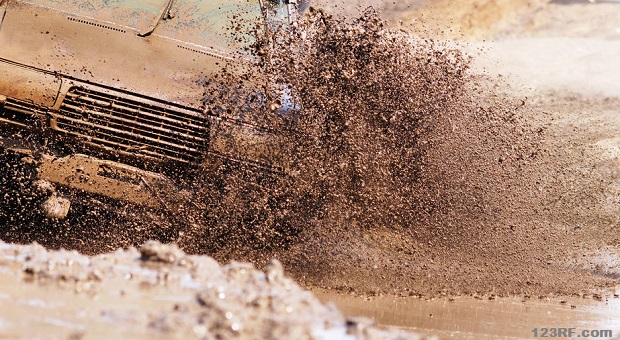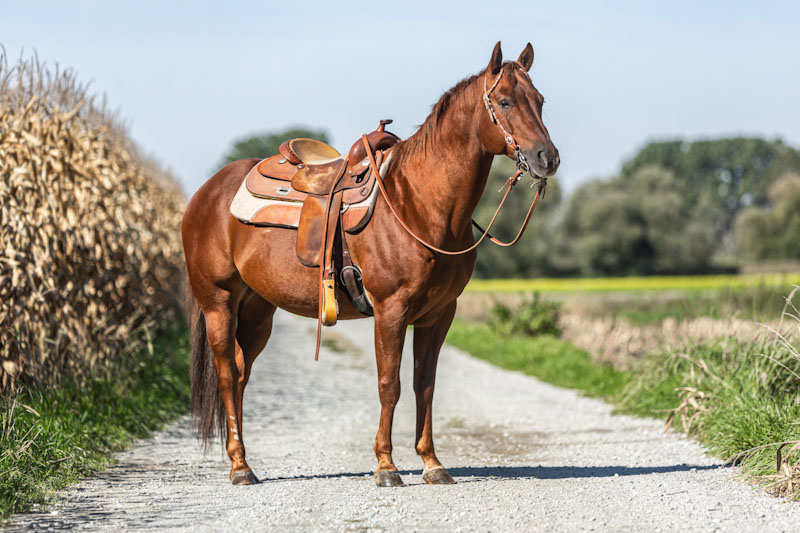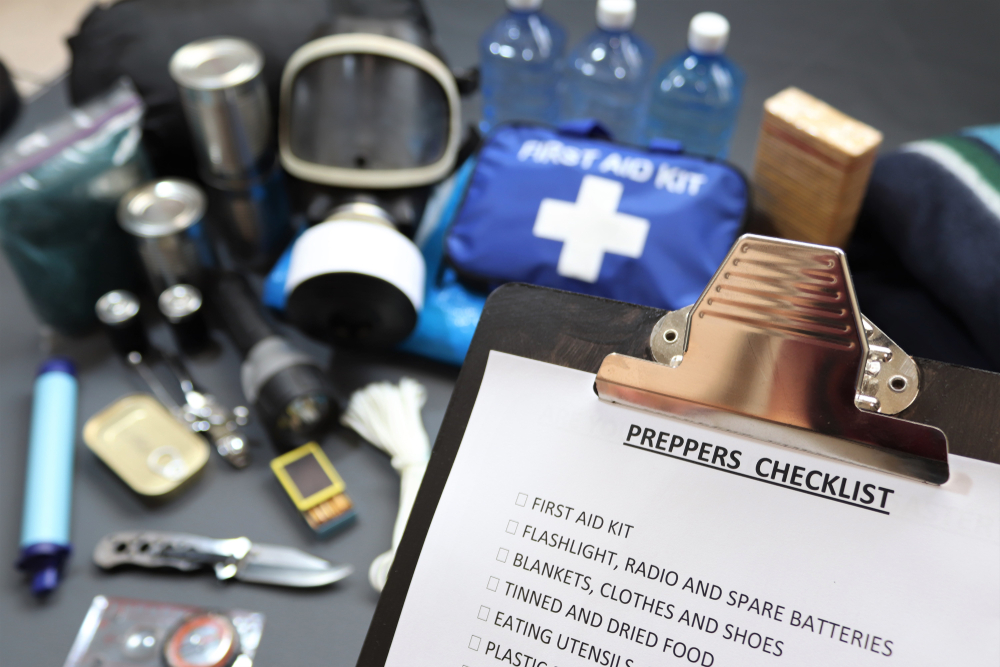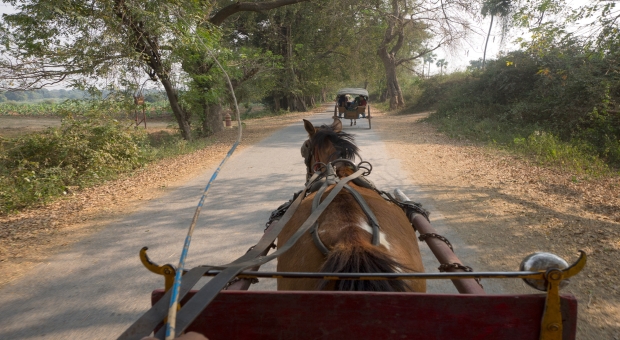Now is the time before any crisis begins to learn defensive driving, escape and evade, and high speed driving techniques. You must have these specialized skills in order to survive the mayhem that is going to erupt when rioting and major civil unrest become the order of the day.
How to Leave the City Undetected
It is better to bug out before any major unrest begins to spread either locally or nationally because all of the government’s emergency plans are not in full effect. This includes ones designed to keep individuals from leaving the area.
There will be a very weak perimeter at this time, but escaping will still be much easier than later on when full road blocks, drones, and other devices are in place and activated for containment purposes.
For family bug outs leaving in secrecy is very important. Start from now to put your vehicle in the garage, or bring it to a quiet place in the yard so no-one will notice you packing. Do not disrupt your daily routine or say anything about leaving.
For a group bug out, all parties involved must be ready to leave and meet at a pre-arranged location and time. This location should be outside and away from any major population areas, interstates, or major secondary roads. Take into consideration the amount time needed to get there under normal circumstances, then allow extra time for delays, break downs, and other problems.
How to Keep a Low Profile
Survivor Decision Point: Blending Your Car In
Under normal circumstances, you may not give much thought to how your car looks as you pass from one area to another. In a survival situation, unusual colors (for the neighborhood), makes, models, or vehicle condition will stick out to everyone, including law enforcement officials familiar with the area.
To keep a low profile, it is extremely important your vehicle does not stand out in color, make, and apparent performance. Take a few trips now between your home and bug out location. What do the cars look like on various routes? Are they newer vehicles or older ones? Are they well kept up or in need of a washing? Some tricks you can use to help blend in with the other traffic around you include:
- Leave chrome dingy or polish it up depending on the area.
- Use water soluble paint to make the vehicle look heavily rusted
- The interior must either look like it has not been cleaned or detailed in a long time or spotlessly clean.
- Tires and rims may need to look old and well used even though they are not.
- Be aware of license plate and registration sticker placement, and if possible meet up with your party and be sure they have a vehicle that fits the scenery in this aspect.
- The engine, transmission, and drive train should be powerful and in top condition regardless of exterior appearance and muffler sounds.
- If possible, drive expected routes often without actually going to your bug out location so that your presence in the area looks normal.
- Match the driving skills and habits of other drivers on the road. Do not drive in a way that draws attention to your presence. Beware of road rage because it can get you killed, run off the road, or in a major accident.
How to Dress to Keep a Low Profile
Do not dress in flashy jewelry, colors or styles unless that is the norm for an area where you will be seen for any length of time.
Keep in mind that bling will advertise that you have money and property; which can be deadly in a riot or lawless situation. Wear older clothes that show a little wear and tear.
Do not carry purses or bags. Instead, keep money and identification in a pants pocket.
How to Control Fuel Consumption
To accurately estimate the fuel consumption of your vehicle, test the fuel consumption under different speeds, conditions, and loads. Doing this multiple times will give you the best information available. Traveling at the speed that gives the vehicle the best mileage may not be the speed that blends best with the local traffic.
Overall, you can still save gas by:
- Only speeding up to escape or evade a hazardous situation.
- Avoid quick tire spinning take offs, hard braking, and stop and go driving.
- Do not use the AC, radio, or other electronic devices (including GPS and other devices that can be used to track your location).
Video first seen on My Survival Skills 101.
How to Choose the Safest Road
Before a time of crisis you must already have chosen primary and secondary routes to the bug out location. Use a good recent map to plot your route to the final destination. Look at the lay of the land and best use it to your advantage.
When bugging out do not use the interstates and try to stay off city streets. These roads will be quickly backed up into one very large traffic jam. These roads are also the first that will be set up for electronic diversion measures and helicopter/drone herding techniques.
Use back roads and town roads when bugging out instead because they will be the last to be “upgraded” for herding to FEMA camps or other places where you will lose your freedom and your supplies.
How to Avoid Obstacles on the Road
Seek specialized training in escape and evade driving, high speed driving, bad weather driving, and all terrain driving. Also study map reading and land navigation without the use of a GPS.
Some common escape and evade techniques you should make it a point to master:
Reverse 180 or J-Turn – This is one of the best ways to escape from a road bock or any other stopping system that makes you come to a complete stop on the roadway. Here is how it is done.
For front wheel or all wheel drive vehicles (do the same thing for rear wheel drive vehicles unless noted in parenthesis):
- Start from a stopped position.
- Accelerate in reverse to between 10 and 30 MPH.
- The faster you go the easier it is to get the front to come around, but it is more dangerous and there is a greater chance of damaging the engine or transmission.
- Quickly turn the steering wheel in one direction to start the front end sliding.
- Press down on the gas pedal to start the turn (do not do this on a rear wheel drive).
- As the front of the vehicle is sliding tap brakes lightly (on a rear wheel drive vehicle, hit the brakes hard but do not lock them up – do this as you turn the steering wheel)
- Then put vehicle in neutral.
- Put the vehicle in gear when the front is facing the desired direction (on a rear wheel vehicle, put the vehicle in gear half way through the slide.)
- Hit the gas and make minor direction changes with the steering wheel.
Bootleg Turn – Is a driving maneuver to reverse the direction of travel by 180 degrees in a minimum amount of time while staying within the width of a 2 lane road. Let’s see how to do it:
- Put the vehicle quickly into a lower gear (usually second gear) and quickly turn the steering wheel in the direction of the opposite lane.
- The vehicle will enter a controlled skid.
- The vehicle will enter the opposite lane.
- The vehicle will turn completely around.
- In a perfect turn the vehicle will be at a complete stop.
- The vehicle is ready to accelerate and depart in the opposite direction.
Warning!
- A classic Boot Leg Turn is only recommended with vehicles having a manual transmission.
- Are best done with a rear wheel drive vehicle as the spinning back wheels help in the turn.
- This turn can be done by vehicles that have automatic transmissions, but the transmissions must be modified to do this turn (stunt cars, police, or executive protection cars).
Handbrake Turn – This method is safe for both manual and automatic transmissions. It is easier to use the handbrake to break the traction of the rear wheels than simply using power based methods.
Cars with a handbrake connected to the rear wheels can enter a controlled turning skid. This is done by:
- Employing the handbrake hard to lock the wheels.
- Turn the steering wheel sharply in the direction of the other lane to start the controlled turning skid.
- The vehicle will enter the opposite lane and turn completely around.
- In a perfect turn the vehicle will be at a complete stop.
- The vehicle is ready to accelerate and depart in the opposite direction.
Other Driving Techniques to Learn and Where to Train
- High Speed Driving – take an amateur racing car driving course and practice as often as possible on a race track. Do NOT assume you know how to drive well enough to practice on the thruways or in rush hour traffic.
- Bad Weather Driving – take bad weather driving classes that use a skid pad to simulate very wet, icy, slippery, leaf filled, or high snow conditions on roads. A large, empty parking lot can also be used for practice as weather allows. Always remember the key to safe driving in these conditions is maintaining traction. Rolling forward one wheel revolution when making a turn is enough to prevent most skids as is knowing how to control momentum vs traction on declines.
- All Terrain Driving – Take an all terrain driving course, and also prepare your vehicle as much as possible for situations where you must leave paved roadways and continue on using old dirt roads or pathways.
It is a good thing to learn and practice the basics of how to safely prepare for driving to your bug out location before a major crisis occurs. This includes how to leave undetected, how to get the best mileage from vehicles, how to choose the safest route, and finally how to avoid obstacles on the road.
This article has been written by Fred Tyrell for Survivopedia.
Further Reading:
http://concealedcarryacademy.com/driving-course/









Pingback:Property Protection: Smart Fencing on a Budget | Rowan Oath Keepers | September 10, 2014
|
Pingback:Driving Tips for a Safe Bug Out | TheSurvivalPlaceBlog | September 13, 2014
|
Great Grey | September 16, 2014
|
Just be aware some cars handbrake works on one front and one rear wheel on opposite corners.
Pingback:Small Car Fixing on a Survival Budget | Survival skills, survival guns, survival guide | September 24, 2014
|
Pingback:DOs And DONTs When Stuck In The Snow | Survival skills, survival guns, survival guide | December 4, 2014
|
Pingback:DOs And DONTs When Stuck In The Snow | The Prepper Dome | December 4, 2014
|
Pingback:DOs And DONTs When Stuck In The Snow | December 7, 2014
|
Pingback:False Myths That Could Ruin Your Prepping Plans | Survival skills, survival guns, survival guide | April 16, 2015
|
Pingback:False Myths That Could Ruin Your Prepping Plans | The Prepper Dome | April 16, 2015
|
Pingback:Survival Lessons From The Pioneers: The Donner Party | Prepper's Survival Homestead | May 6, 2016
|